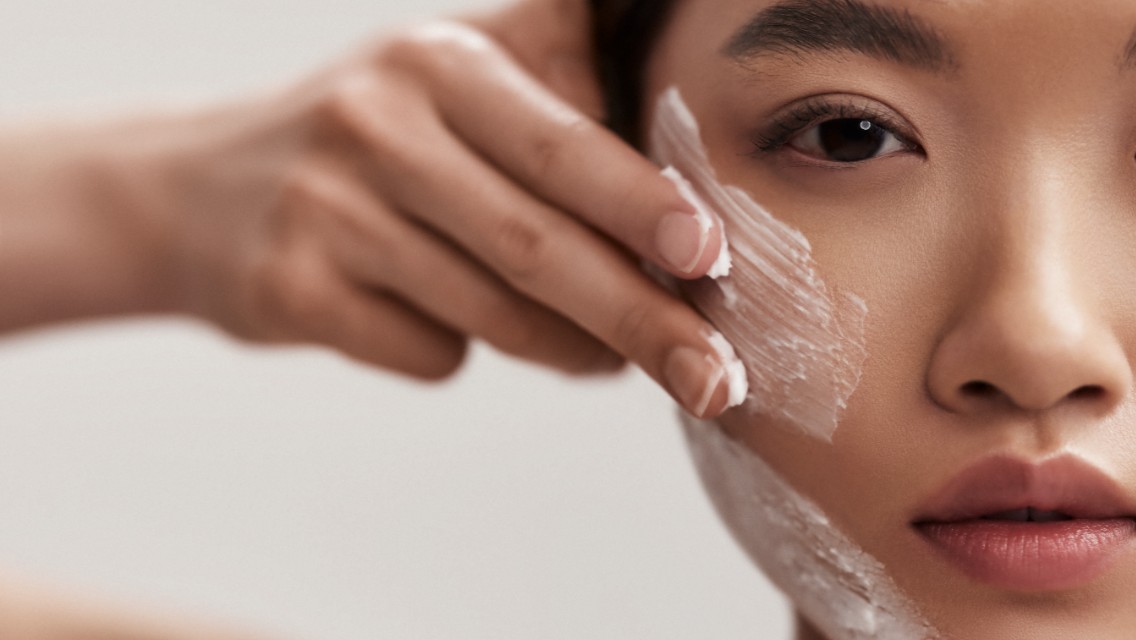As a licensed medi-spa nurse, people often ask me about my favorite skin services. While there are many beneficial and innovative treatments I enjoy, two of my favorites are microneedling and the platelet-rich plasma (PRP) treatment.
As we age, we lose about one percent of our skin’s collagen each year, which can contribute to signs of aging on the skin. Both techniques boost the skin’s natural collagen production — which can boost the complexion and help it glow — by using tiny needles to gently poke the skin.
Here, I’m answering some commonly asked questions on what these services are, what you can expect during a session, and how they can slow collagen loss, stimulate new collagen formation, and continue to support healthy, firm, and supple skin.
What Is Microneedling?
Microneedling is a practice that uses tiny needles to create microchannels — or miniscule wounds — in the dermal layer of the skin. My patients are always wowed with the results of microneedling and the recovery time is minimal. In my practice at LifeSpa in Eden Prairie, Minn., we use the SkinPen, an FDA-approved system that safely and efficiently creates these microchannels in the skin.
While this might sound a little scary, there are proven scientific reasons for how this benefits your skin. The microscopic wounds caused by the needles are a controlled injury that induce your skin’s natural healing process.
The first part of this process triggers your immune system to disinfect the wounds, remove debris, increase blood flow, and create new tissue growth. Next, your skin rebuilds itself with brand-new tissue that includes collagen proteins along with new blood vessels.
Finally, the micro-wounds are replaced with new dermal tissue along with new blood vessels composed of rich collagen and elastin proteins. After the treatment, the result is improved skin texture and youthful glow.
A microneedling session typically takes about an hour. Prior to the start of microneedling, a topical numbing cream is applied that helps make the treatment more comfortable. Most patients report microneedling as quite tolerable and well worth the minor discomfort.
What Is a PRP Facial?
For even more benefits, including improving acne scars, diminishing sun damage, evening skin tone and texture, and reducing wrinkle depth, I recommend a PRP facial. This protocol uses your own plasma-rich platelets (naturally occurring components found in your blood) to heal and regenerate the skin.
Platelets play a significant role in tissue repair, while plasma contains a host of proteins that stimulate skin healing and cell renewal. PRP’s effects are also associated with the growth factors and other bioactive molecules that stimulate stem cells to spur new tissue production.
Before the service, a licensed medi-spa nurse will draw a small amount of your blood. They typically draw one vial of blood, or approximately 10mLs, from your arm, similar to a typical blood draw at your doctor’s office. We then place this vial of your blood in a special centrifuge designed to spin out the red blood cells and separate them with a special gel barrier from the platelet-rich plasma, which sits at the top of the tube. We draw the platelet-rich plasma out of the tube to be used in the treatment. Then, while using the SkinPen to create microchannels as in microneedling, the practitioner will apply the PRP to your face and neck.
If any PRP remains after the microneedling treatment is complete, it is applied topically prior to you leaving, which allows more of it to enter the microchannels in the skin for further skin rejuvenation. The overall result is an increase in dermal elasticity, hyaluronic acid synthesis, and smoother, tighter skin.
When PRP is added to a microneedling session, it adds about 15 minutes of additional time to give the provider time to draw and spin your blood, and then prepare the platelet-rich plasma for administration. The licensed medi-spa nurses at the LifeSpa are highly trained in drawing blood and ensure you are comfortable during this procedure. The application of PRP to the skin is 100 percent comfortable — some even find it soothing during the microneedling procedure.
Does Microneedling Hurt?
Comfort is always a consideration and priority for these services. At LifeSpa, we use a topical numbing cream prior to treatment. Most clients tolerate microneedling treatments well and describe the discomfort as minor. It can feel like light sandpaper being moved across the skin, and may cause a bit of redness and inflammation that goes away as your skin heals.
You may feel some tenderness after your treatment along with skin tightness, redness, and dryness, all of which typically subside within a few days. Some patients equate the feeling to that of a mild sunburn.
Additionally, the risk for side effects is very low. Microneedling can cause bleeding, bruising, redness, tightness, itching, and peeling, but these are usually minimal and diminish without any treatment within a few days. And because PRP is a naturally occurring substance from your own body, there’s no risk in applying it to your skin.
What Is the Healing Process Like?
What I love most about microneedling (with or without PRP) is the numerous benefits with minimal recovery time. Most clients report feeling normal within 24 to 48 hours, although some may need longer to heal. There are certain factors, including the sensitivity of skin, certain skin conditions, and the state of the immune system, that can impact recovery time.
During the recovery process, you’ll see some redness and peeling on the first layer of your skin, and most people feel fine resuming normal activities — such as exercising, going to work, showering, and applying skin care — within 24 hours.
How Often Should I Get These Treatments?
The number of treatments and timing between them varies by individual, as everyone’s skin needs are different. I recommend starting with one or two treatments, spaced four weeks apart. If you opt for multiple treatments, be sure to schedule them at least four weeks apart to allow your skin time to heal. After each treatment, the provider can assess how the skin has progressed and determine, along with the individual, if additional treatments are necessary and at what intervals for optimal results.
After your initial treatments are complete, the results can last up to one to two years. For my clients, I recommend scheduling a SkinPen with PRP facial service once per year to continually stimulate new collagen and skin regeneration.
If you’re considering this procedure, consult with an experienced professional to help decide if it’s right for you.





